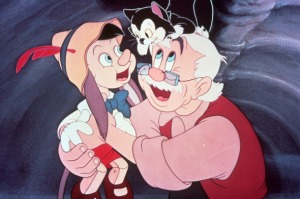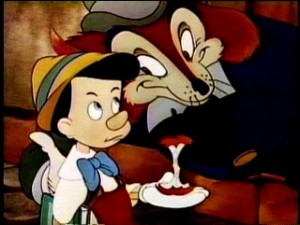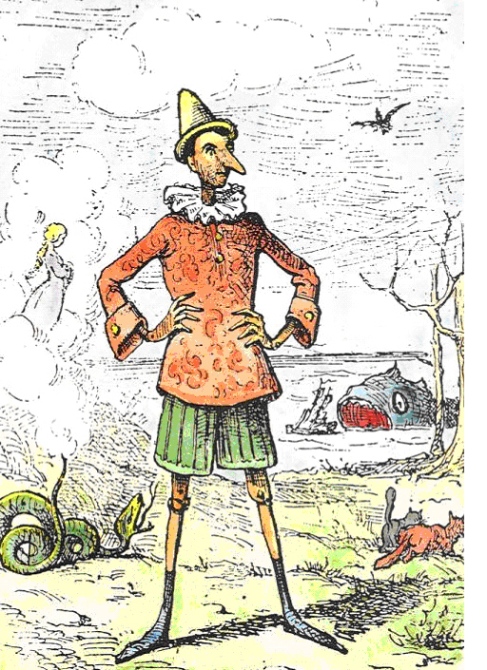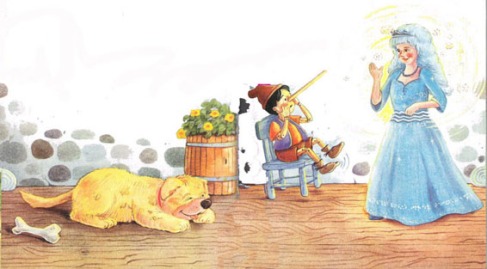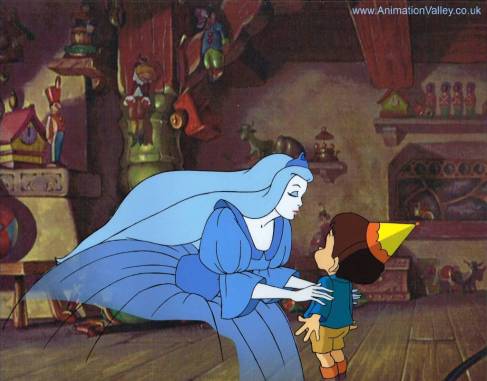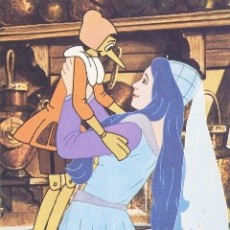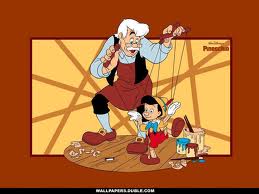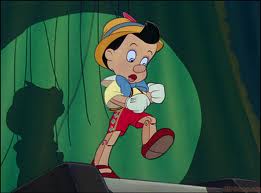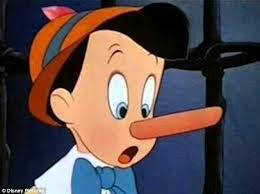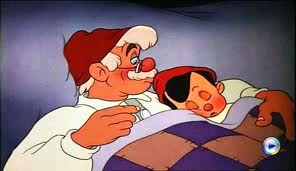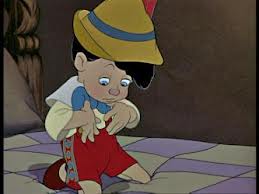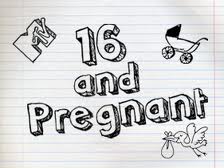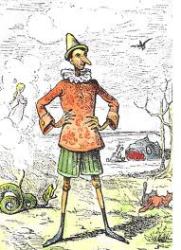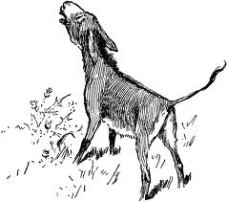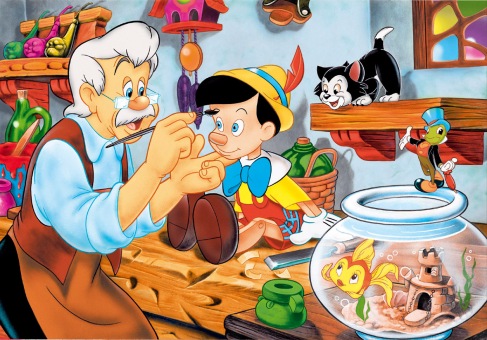It is easy to say that, although Pinocchio is not a real boy until the end of the story, he definitely resembles one inside and, for the most part, out as well. As we discussed in class, although Collodi never had children of his own, he writes Pinocchio almost with expertise in the field of boys’ behavior, as if having years of experience. What distinguishes the puppet to a real boy, besides obvious physical characteristics, is his naughtiness and foolishness. Like 99.9% of young children, Pinocchio was born (he, an enchanted wood) not knowing any manners, virtues, or morals. The entirety of the story centers on Pinocchio’s adventures throughout the many surrounding lands, and how he progressively develops good conduct and moral principles. At first we see Pinocchio as this selfish puppet character who kicks his creator Geppetto’s nose after his feet are carved, squishes a cricket who is out to help him, and sells his primer that his father bought him for school with the money he got from selling his own old coat. Much later on, after many lessons are learned from numerous fun and/or cruel adventures, we see Pinocchio’s will and determination as strong as the very wood that composes his body: such that when Pinocchio and his father, Geppetto, enter the cricket’s cottage after escaping the stomach of the shark. Here, we see a caring and compassionate Pinocchio making “a good bed of straw for old Geppetto,” and then asking the talking cricket, “‘Tell me, cricket, where can I get a cup of milk for my poor father?'” Then, not soon after, Pinocchio is working hard turning Giangio’s windlass, “Pinocchio started at once, but before he could draw the hundred buckets of water he was perspiring from head to foot. He had never worked like that before.” This was in fact true, as earlier on we see him in Busy Bee town (after being told of it by the dolphin) where he was “terribly hungry” for not having eaten “more than twenty-four hours.” Here, we see just how money and food is earned by hard work, as Pinocchio begs to many passers-by who offer him double, triple, and even quintuple the penny he is asking for, but only if he is willing to aid them in carrying their merchandise. Of course, Pinocchio refuses for he is very lazy, and ultimately agrees to a kind little woman who offers him copious amounts of food. It is evident that the Pinocchio who would turn down even five pennies–as opposed to just one–despite how hungry he is, is not even recognizable as the same Pinocchio who later cares for his father, “From that day, for over five months, he got up before dawn every morning to turn the windlass, so as to earn the cup of milk for his father,” and, “Learned how to weave baskets of reeds,” which he sold.
Besides developing into a more determined, selfless puppet with moral values–and then ultimately turning into a real boy, Pinocchio also learns a lot about reality and its evil truths. Not only does Pinocchio experience the hardships associated with the lessons that make him into a real, good boy, but he also experiences firsthand what evils and dangers the world has to offer. His first encounter with the nastiness of people is when Pinocchio is seen, very early in the story, begging an old man who is peeping out from his window. The old man who promises Pinocchio some bread reappears with “a great kettle of water” that he pours on poor Pinocchio. Not only does Pinocchio witness lying and deceit, but also experiences harassment. His next experience with life’s evil truths occurs when Pinocchio encounters the Great Puppet Show and sees his puppet brothers and sisters. Unfortunately, it comes with a price when the Showman, Fire-eater, punishes Pinocchio for disturbing his theater by threatening to throw him into his fire–a horrible death for a little boy, wouldn’t you say? Luckily he shows pity, combined with contradicting, immediate will for manslaughter (or in this case, dealing with live puppets), then threatens to burn one of Pinocchio’s brothers, Harlequin, with the same fate–luckily exerting pity once again. Here, the young Pinocchio faces his very death in a gruesome and terrifying way, getting caught in a predicament that would surely leave a scar and an imprint upon a child’s mind for most of his or her life. Next (and most certainly not the last), Pinocchio is tricked by the fox and the cat in following them to a field where money supposedly grows into a money-bearing tree. The young and naive Pinocchio has not yet developed the ability to judge or analyze lies and deceit, so he follows through with their plan, ultimately getting mauled by the duo, which luckily has little effect on Pinocchio since he is made of wood, “Then the smaller assassin drew a horrid knife, and tried to force it between his lips, like a chisel, but Pinocchio, quick as lightning, bit off his hand and spat it out.” Such series of events would be horrific upon a human child. A knife would sure rupture the child’s lips and possibly lead to death. When the assassins catch Pinocchio once again, they hang him on a branch of a big oak tree, which would surely kill a human child almost instantly. It is with this that Pinocchio develops understanding of life’s true and vivid evils that exist within the world. He learns, at least in part, to arise suspicions as to prevent such a similar situation from happening again. Near the end of the book, we see Pinocchio encountering the fox and the cat yet again, only this time he sees right through them,
“‘Oh, Pinocchio,’ sobbed the fox, ‘give something to two poor invalids.’
‘Invalids,’ repeated the cat.
‘Good-bye, scoundrels!’ answered the puppet. ‘You cheated me once, but you never will again.'”
